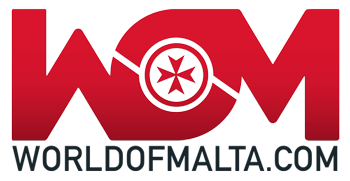The history of the Order of Malta
The name of the Order of Malta is now over 970 years old. In the year 1113 Pope Paschalis II officially recognised the monastic community of the Hospitallers of St John of Jerusalem. The 9th century has seen an eventful history, finding their home via Jerusalem, Cyprus and finally Malta.
The official and legally correct name of the Order of Malta is the
Sovereign Order of Knights and Hospitallers of St. John of Jerusalem of
Rhodes and of Malta. We will mostly use the short form in the following,
the common name of the Order of Malta.
The place of founding of the Order of Malta
The history of the Order of Malta, or rather the Order of Knights at that time, begins with its foundation in Jerusalem. Initially they called themselves the Knights of St John. Saint John Baptist was the patron saint of the Order. From both names, the abbreviations Johanniter or Jerusalemiter were derived. It was common to designate the character of the order as a religious brotherhood and the place. Another name was Hospitaller or Hospitaliers, which resulted from the order’s mission when it was founded in Jerusalem. Thus, today’s Order of Malta is considered the inventor of hospitals.Due to its foundation more than 900 years ago, the Order of Malta is one of the oldest religious orders in the history of the Catholic Church. Although the Order of Malta is bound to the Holy See as a religious order, it is a sovereign, non-state subject of international law. Thus, in addition to rights under international law, the Order of Malta also has duties under international law to fulfil. The Constitution of the Sovereign Order of Malta was last amended or reformed on 30.4.1997.Where is the Order of Malta based today?
The first thought would be that it is based in Malta. The Order of Malta settled permanently in Rome in 1834. There are 2 institutional “intermediaries” of the Order who are promised extraterritoriality. These are the Magistral Palace in the Per dei Condotti – where the Grand Master resides and the Order’s government meets – and the Magistral Villa on the Aventine. Here is the Grand Priory of Rome, the time-honoured installation for the Order’s members in central Italy, as well as the Order’s embassy to the Italian state.Mission of the Order of Malta
The Order of Malta carries out humanitarian, medical and social enterprises in over 120 countries. In addition to medical aid and the distribution of medicines, food is distributed in crisis and war zones as well as after natural disasters. In addition to disaster relief, permanent aid is given to the disabled and the elderly, regardless of their religion, in industrialised and emerging countries. In simple terms, the Order of Malta is committed to the faith and to helping the poor and the sick.The international relief organization “Maltese International” is active worldwide on all continents. Another organization is CIOMAL, which has been caring for lepers in the Order of Malta for over 50 years.The Order of Malta as an independent state
The Order of Malta is probably the smallest state in the world (as of 2/2021). However, it does not always appear in the published lists of official states. This could be due to the fact that the legal scholar Jelinek defined a state according to his “three elements doctrine”.Many still follow the outdated “doctrine”. A state must have state power and own the territory of the state, in addition to the people. In contrast to this are the original legal subjects of international law of sovereign states, in a limited sense like the international organisations such as the “Holy See”, the International Red Cross and the Order of Malta.Since customary law is also a legal source of international law in addition to treaties, the Order of Malta is to be seen as an independent state. However, non-governmental organizations are in principle not states in the sense of international law.Diplomatically active worldwide
The Sovereign Order of Malta is recognized as a state by over 110 countries and the European Union and maintains diplomatic relations with them. The Order of Malta has permanent observer status at the United Nations and the major international institutions and participates in international legal relations.The government of the Sovereign Order of Malta is represented by the Grand Master. He also speaks as Head of the religious Order of Malta. The Sovereign Order of Malta is complemented- by the Grand Commander (Religious and Spiritual Affairs),
- the Grand Chancellor (Minister of Foreign Affairs and Home Affairs),
- The Grand Hospitaller (Minister of Health and International Cooperation)
- and the Preceptor of the Common Treasury (Minister of Finance).

The Order of Malta and International Women’s Day
Since 2003, the international relief organisation of the Order of Malta (Maltese International) has been arranging itself in the spirit of International Women’s Equaliy Day. They maintain medical centres and trauma centres in crisis areas where women are victims of violence. They also provide prophylactic treatment against the risk of HIV infection.
The humanitarian aid programmes of the sovereign Order of Malta are available to victims of violence and women in need, including means of self-sufficiency. In cooperation with local authorities, there is a measurable improvement in problem-solving and prevention towards cases of sexual violence.
The Order of Malta as an independent state
The Order of Malta is arguably the smallest state in the world (as of 7/2021). The State of the Order of Malta is not always included in the published lists of official states. This could be due to the fact that the legal scholar Jelinek defined a state according to his “three elements doctrine”.
Many still follow the outdated “doctrine”. A state must have state power and possess the territory of the state, in addition to the people. This is opposed to the original legal subjects of international law of sovereign states. These include, in a limited sense, international organisations such as the Holy See, the International Red Cross and the Order of Malta.
Since customary law is also a legal source of international law in addition to treaties, the Order of Malta is to be seen as a state in its own right. However, non-governmental organisations such as Amnesty International or Médecins Sans Frontières are in principle not states in the sense of international law.
Diplomatically active worldwide
The Sovereign Order of Malta is recognised as a State by over 110 countries and the European Union and maintains diplomatic relations with them. The Order of Malta has permanent observer status at the United Nations, as well as the major international institutions, and participates in international legal relations.
The government of the Sovereign Order of Malta is represented by the Grand Master. The Grand Master speaks as the head of the religious Order of Malta. The Order of Malta is complemented by
- the Grand Commander (religious and spiritual affairs),
- the Grand Chancellor (Minister of Foreign Affairs and the Interior),
- the Grand Hospitaller (Minister of Health and International Cooperation)
- and the Preceptor of the Joint Treasury (Minister of Finance).
All members of the government are elected for 5 years. The Constitution also stipulates that the Pope sends a Cardinal (Cardinal Patron) as his representative to the Order of Malta. The Cardinal promotes the spiritual direction of the Order and maintains relations with the Holy See. The Pope appoints the Superior of the Clergy as Prelate of the Order.
The neutrality and impartiality of the Order of Malta help to provide efficient humanitarian aid during armed conflicts or natural disasters. For example, the Order of Malta is said to have mediated between South and North Korea, and to have been involved between China and Taiwan.
Hymn of the Sovereign Order of Malta
In 1930 Alfredo Consorti composed the official anthem “Ave Crux Alba” a triumphal march for the Order of Malta. The Grand Master Fra’ Ludovico Chigi Albani della Rovere then appointed Alfredo Consorti a Donat of the III Class of the Order of Malta in November 1932. The Triumphal March Ave Crux Alba was formally recognized as the official anthem of the Sovereign Order of Malta shortly afterwards. It is still played today in the presence of the Grand Master on state visits and official occasions. The anthem is not sung, only played. However, there is a Latin text.
Ave Crux alba, summae pietatis signum,
Ave Crux alba, salutis nostra sola spes,
Corda fidelium inflamma, adauge gratiam, adauge gratiam.
Ut omnia vincat tuorum ardens caritas,
Ut omnia vincat tuorum ardens caritas.
Military actions of the Order of Malta
In retrospect, the Order of Malta would probably be described as a military order. After retreating from the “Holy Land” of Jerusalem, the Knights of Malta conquered the Greek island of Rhodes around 1310 and called themselves Knights of Rhodes at that time. From there they were driven out by the Ottomans under Sultan Suleiman the Magnificent, so that in 1923 the Order of Saint John settled for a time on Crete and southern Italy.
After a few years without a home in 1530, the Roman-German Emperor Karl V, with the approval of Pope Clement, gave the Order of St John the islands of Malta and Gozo. This gave rise to the present name of the Knights of Malta. At that time, the Ottomans were raiding the coasts of Italy, Catalonia and France and were extremely active militarily in the Mediterranean. The Grand Master of the Order of Malta at the time, Fra’ Jean de la Vallette, had parts of Malta, such as Fort Elmo and Grand Harbour, converted into a fortress.
Many other fortifications can be found from the knightly period in Malta.
In the article about 77 sights on Malta, you will find many watchtowers and fortifications of the Maltese Knights. In Mellieha is The Red Tower, the Ford St. Agatha from 1645. South of Mistra Bay is Selmun Palace with Fort Campbell. To the west, near Golden Bay, the same Grand Master Lascaris had the Ghajn Tuffieha Tower built and next to it, overlooking Gnejna Bay, the Lippija Tower.
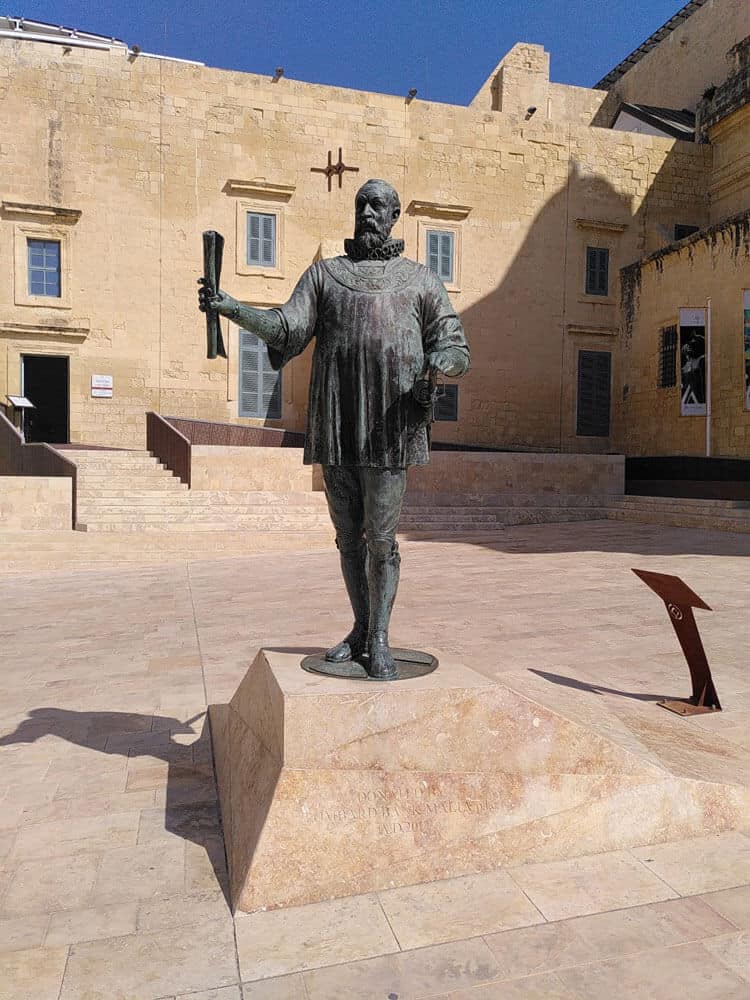
The Great Siege of Malta
From 24.5.1565, the siege and attack of the Ottomans began with over 40,000 soldiers against the approximately 17,000 defenders on Malta. It ended on 12.9.1565 with the victory of the Grand Master of the Order of Malta de la Vallette against the Ottomans’ army commanders Piali and Mustafa.
The great victory was celebrated throughout Europe. The defences were greatly expanded over the next few years, and Malta became the best-fortified island in the Mediterranean. Valletta was designated as the new capital, named in honour of the Grand Master of the Order of Malta, de la Vallette. In addition, a huge fleet of warships was created for the Order of Malta, which defended the Mediterranean against the Ottoman fleet and the pirates of North Africa for centuries. With the loss of Malta in 1798, the military function was abandoned.
Napoleon drove the Knights of Malta out of Malta
With the loss of Malta in 1798, the Order of Malta abandoned its military activities. The Order gathered in Italy and Austria. In 1879, Pope Leo XIII restored the Grand Mastership of the Order.
And suddenly an Orthodox tsar was Grand Master of the Order of Malta
Shortly after Paul I ascended the tsar’s throne in 1796, he took an interest in the Order’s Polish priory. It was located on Russian land at the time. Tsar Paul I had admired the Order’s long knightly history since childhood. The envoy and spokesman of the Order of Malta, Count Giulio de Litta, asked the Tsar for protection for the Order. From then on, the Tsar cultivated a positive relationship with the Order of St. John and had the decayed priories of the Polish Order of Malta moved to St. Petersburg in 1797. In order to drive the French from Malta, Paul I planned an alliance with England and the Ottomans. The Order of Malta left Malta without a fight in 1798 before the alliance against France took shape.
Pope Pius VI wanted to preserve the Order and did not object to the Order of Malta’s wish to elect Tsar Paul I as Grandmaster. Tsar Paul I thus became, against the rules of the Order
- Orthodox tsar instead of a Catholic nobleman
- in second marriage and had children instead of renouncing celibacy
- Tsar of Russia and Grand Master in secondary occupation, instead of full dedication to the Order
After the Grand Master Ferdinand von Hompesch abdicated, the Tsar was elected Grand Master in 1799. After he died in 1801, his son Tsar Alexander I showed no interest and the position of Grand Master was vacant until 1803.
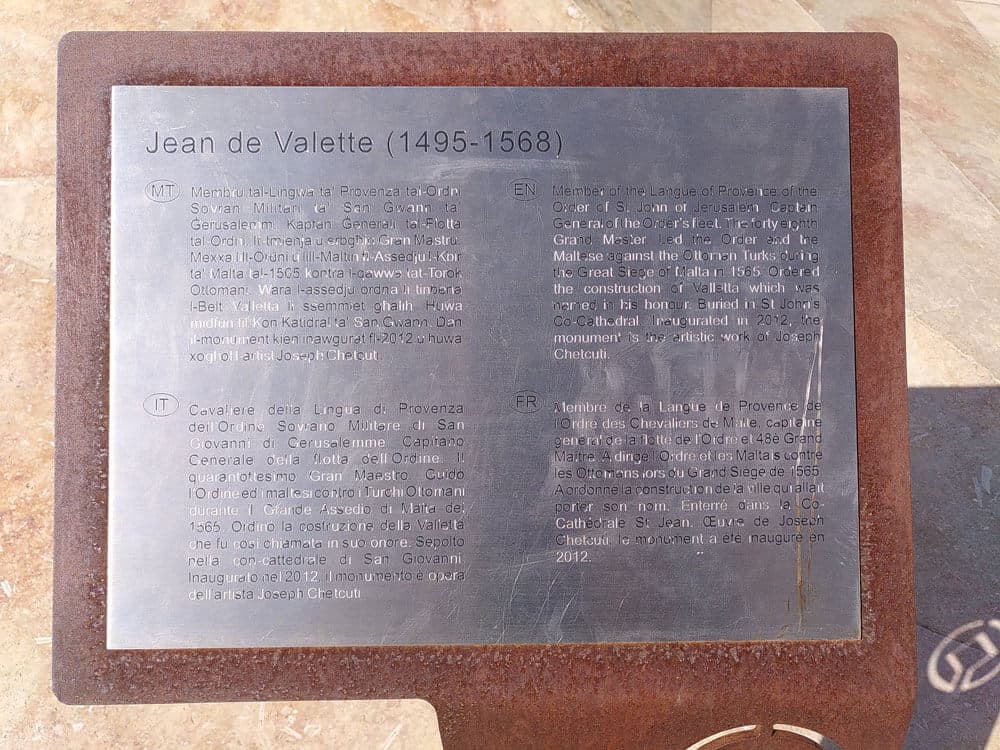
Who are the members of the Order of Malta?
Members of the Order of Malta traditionally came from the nobility. Today, however, the emphasis is on ethical irreproachability and behaviour of integrity (“Tuitio Fidei et Obsequium Pauperum”). Living the Christian faith itself, proclaiming it and also defending it, as well as serving the poor and the sick is the vocation of the Order of Malta. The Order of Malta has therefore long ceased to be a military order.
How many members are there currently?
According to the Sovereign Military Hospitaller, the Order has about 13,500 knights, ladies, and clergy. They are permanently supported by up to 80,000 volunteers and over 40,000 employees. The employees are mainly engaged in medical service.
How does one become a Knight of the Order of Malta?
To become a Knight of the Order of Malta, active commitment to the Catholic Church is the most important requirement. Candidates for the Order of Malta can demonstrate this by participating in pilgrimages to the sick, voluntary work in parishes, visiting services in hospitals or active nursing care for the seriously ill.
Those who then also succeed in taking on a voluntary leadership function in the Maltese relief service and make voluntary donations above and beyond the annual contribution then only have to wait to be addressed by the Order of Malta. This is because no one can apply to become a Knight of the Order of Malta themselves. At that point, 2 intercessors (guarantors) should then be ready, who are obligatory for the appointment as Knight of the Order of Malta.
The Knights of the Order are divided into 3 Estates:
- Stand: Knights of Justice or Professed, they are called Fraters (Brothers).
- Stand: Oboedienz Knights and Oboedienz Ladies
- Stand: Order of lay knights
For each Order, the Order of Malta has established its own admission requirements for the novitiate or formation. They are regulated in detail in the Code of the Order. In summary, the Order of Malta only appoints Knights who are characterized by irreproachable moral and Christian conduct and who have rendered outstanding services to the Sovereign Order of Malta, its institutions and its humanitarian projects over the years.
Either the Grand Priory or the respective National Association is responsible for the examination of the proposals for admission.
Become a volunteer
The Order of Malta welcomes any help. Interested persons can contact directly the national Order of Malta of the desired country. In Malta, the representation is located directly in the capital Valletta.
Addresses of the Order of Malta
Maltese Association of the Sovereign Order of Malta
Casa Lanfreducci – 2, Pjazza Jean de Valette – VLT 1104 Valletta – Malta
Phone: +356.21.22.69.19
E-mail: [email protected]
Web: orderofmalta.mt
Volunteers of the Order (V.O.T.O.)
Volunteer Corps for Home Care
Casa Lanfreducci – 2, Pjazza Jean de Valette – VLT 1104 Valletta – Malta
Phone: +356.21.22.69.19 et +356.21.24.64.06
E-mail: [email protected]
Malta Cross Corps (M.C.C.)
Relief Corps. Distribution of Meals on Wheels
17, Flat 8 Sidonia Flats, St. Monica Street – Guardamangia MSD 07 – Malta
Phone: +356.21.23.01.81 – Fax: +356.21.24.78.16
E-mail: [email protected]

What are the ancient tongues of the knights?
The “ancient tongues of the Knights” refer to the various official languages of the Knights of the Order of Malta.
At that time, these were Provence, Auvergne, France, Italy, Aragon (Navarre), England included Scotland, Ireland and Germany. In 1462, Castile and Portugal were added as the eighth tongue. They had separated from Aragon.
Flags and Symbols of the Order of Malta
The world of flags and orders also includes the flags and symbols of the Order of Malta. We have listed the most important and best-known ones here.
State Flag of the Sovereign Order of Malta

The state flag of the Order of Malta flies at the Magistral Palace in Rome. It goes on the road. In the event of accidents of particular importance, the state flag flies at half-mast.
The flag of the Order of Malta
The eight points of the Maltese cross symbolize the eight Beatitudes, and at the same time visibly point to the spiritual mission of the Order. The eight-pointed cross is named “Cross of St. John”.
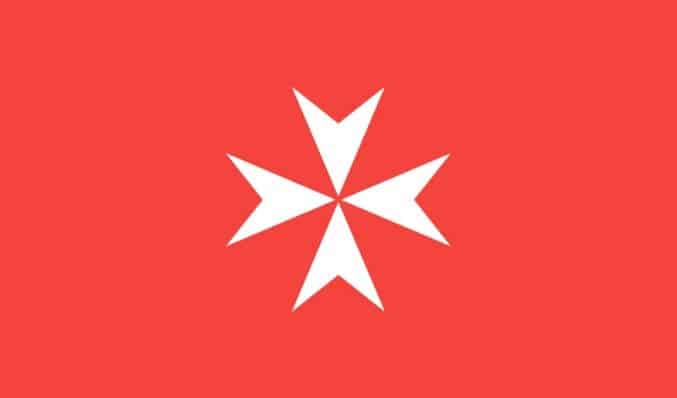
The Flag of His Highness the Grand Master
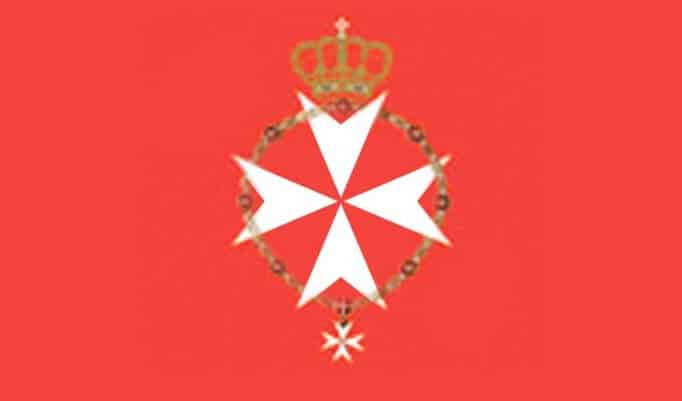
The Coat of Arms of the Sovereign Order of Malta
It is used by grand priories, sub-priories, national associations and diplomatic missions. The eight-pointed cross of St. John is also recognizable on this coat of arms.

The Maltese Coat of Arms of the Humanitarian and Medical Services

The Medals of Merit of the Order of Malta
The Order’s Medal of Merit is divided into the Medal of Merit for civilians and the Medal of Merit with Swords for military personnel. The Medals of Merit of the Order of Malta have three grades: gold, silver and bronze.
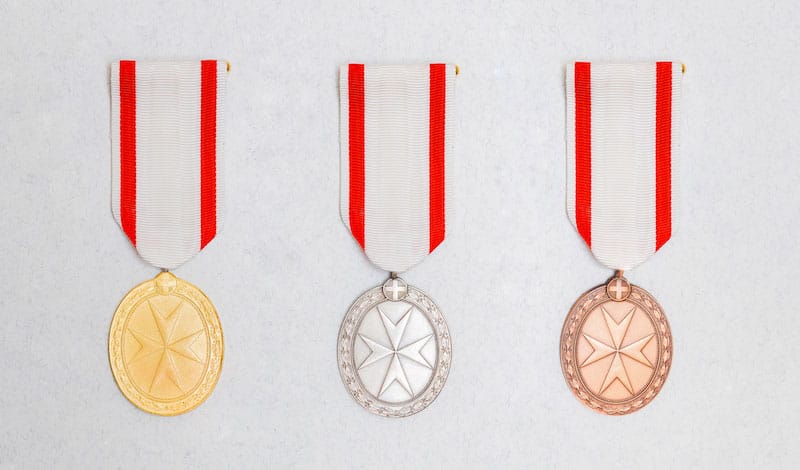
FAQs – Do you have questions about the Order of Malta? We give you the answers!
Who financed the construction of Valletta through the Rittes of St. John?
Pope Pius IV financed the construction of Valletta by Jean de Valette after the Ottomans sacked first Gozo and later Tripoli. There is a statue in his honour on Valletta’s main street.
Is there a commemorative coinage of the Order of Malta?
A commemorative bronze coin of the Knights of Malta, “Pope John Paul II – Knights of Malta”. Pope John Paul II is on the 5 Euro coin of Malta of 2015.
What is the significance of the Maltese Cross?
The Maltese Cross symbolises the death of Jesus Christ by crucifixion. The eight points symbolise either
- the eight Beatitudes of his Sermon on the Mount (New Testament Mt 5,1ff)
- the eight tongues of the Order of Malta.
Are you missing a question about the Order of Malta?
Get in touch with us. We are sure we have the right answer.
Thank you for giving us your time.
World of Malta is a free project by Niclas and Ralf. Honestly researched and free of charge for our readers. Would you like to support us? Then we would be delighted if you could buy us an espresso.
Author Profile
Maximilian Wallenstein 🔥 His life shaped Dale Carnegie
Even as a sales manager for one of the largest UK insurance groups, Maximilian Wallenstein was passionate about finance topics and economics. As an honorary lecturer on tax law at the German Union, he is no stranger to German tax law. As a keynote speaker on the social security system, Maximilian Wallenstein appeared before financial services companies. His personal development was supported for several months by the Dale Carnegie Foundation. Maximilian not only irons his shirts and passionately plays Doppelkopf, padel tennis and squash, but as a certified online copywriter, he also shares his financial knowledge as a guest author and ghostwriter for market-leading financial portals.
